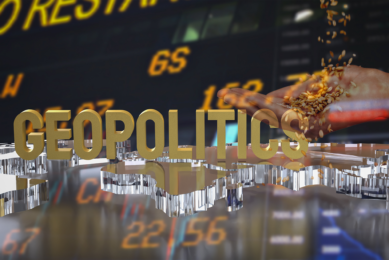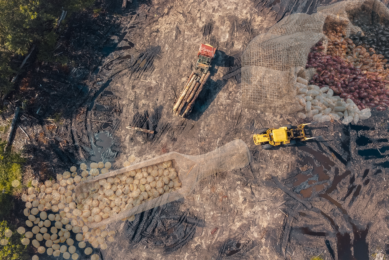Soybean meal: New Economic Impact and Feed Supply Chain Disruption Risk Assessment launched

The combined impact of the EU Deforestation Regulation (EUDR) with its direct extra cost for soy supplies for the EU feed market in Q1/Q4 2025 and the expected higher additional costs for alternative protein sources such as rapeseed meal, sunflower meal and amino acids, may reach up to 2.25 Bio euros.
The stark warning comes from the European Feed Manufacturers Association (FEFAC), which is providing a first initial overview of the potential EU Deforestation Regulation (EUDR) economic impact on the EU feed chain and livestock sector in the context of the current market situation and outlook for soybean meal supplies.
This will cause significant adverse economic impacts to the EU livestock sector, seriously undermining its competitiveness in the EU and global markets.”
It includes a first qualitative soy supply chain disruption risk assessment, based on recent membership surveys and its members’ experts evaluations.
Under the EUDR legislation, any operator or trader who places commodities like soy, beef, palm oil, wood, cocoa, coffee or rubber commodities on the EU market, or exports from it, must be able to prove that the products do not originate from recently deforested land or have contributed to forest degradation.
Short adaptation & preparation period
The regulation is due to come into force in December, having only been passed in June 2023, leaving a short adaptation and preparation period.
It means the beans and processed meal are assured to be free from recent deforestation and have been segregated since harvesting to ensure no blending with non-certified produce.
Findings
The economic impact assessment has found that:
- Minimal market offers for Quarter 1 2025 deliveries have been submitted to feed compounders by suppliers which is atypical for this period. At present, the total EU feed market demand for 2025 of approximately 30 Mio tons of soybean meal cannot be met with EUDR-compliant products, due to the absence of clear operational guidance to soy value chain partners for imports and EU origin.
- Suppliers have indicated that extra costs for providing EUDR-complaint soybean meal of 5-10% on top of normal market price quotations.
- The market supply for EU soy demand will be adversely impacts by current EUDR legal uncertainties, leading to a potential supply chain disruption due to the low availability of EUDR-compliant soybean meal that is currently offered and with higher costs linked to transport logistics and warehousing/storage.
- The direct extra cost for EUDR-compatible soy products for feed use in Q1/Q4 2025 is estimated at approximately 750 Mio – 1,5 Bio euros for soybean meal supplies to the EU. FEFAC says this will lead to higher costs for alternative proteins which are “pegged” to soybean meal quotations.
FEFAC said: “The combined impact of direct extra cost for soy supplies for the EU feed market in Q1/Q4 2025 and the expected higher additional costs for alternative protein sources such as rapeseed meal, sunflower meal and amino acids, may reach up to 2.25 Bio euros.
“This will cause significant adverse economic impacts to the EU livestock sector, seriously undermining its competitiveness in the EU and global markets.”











